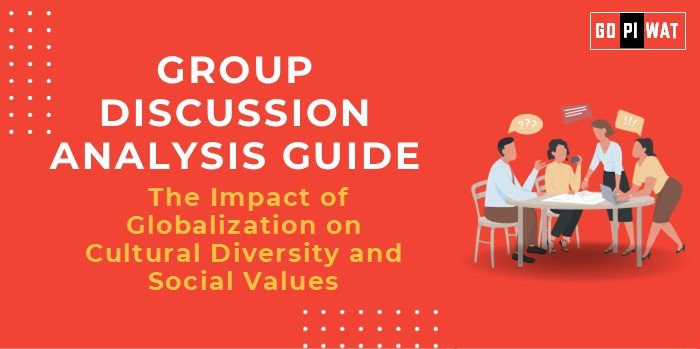📋 The Impact of Globalization on Cultural Diversity and Social Values
🌐 Introduction to the Topic
Opening Context: Globalization has transformed societies by enhancing interconnectedness through trade, communication, and cultural exchange. Yet, this interconnectedness poses a significant challenge to preserving unique cultural identities and social values, sparking debates across nations.
Topic Background: Globalization surged in the late 20th century with advancements in technology and liberalized trade policies. While it has catalyzed economic growth, it has also triggered concerns about homogenization of cultures and erosion of traditional social norms. The current era, dominated by digital globalization, amplifies these concerns as information and lifestyles transcend borders more rapidly.
📊 Quick Facts and Key Statistics
- 📜 UNESCO Estimate: 600 languages are on the brink of extinction, with one dying every two weeks.
- 🌍 Global Trade: Accounts for 58% of the world GDP in 2023, showing the scale of interconnected economies.
- 🎭 Cultural Exports: The U.S. alone generates $32 billion annually from cultural industries, demonstrating cultural globalization’s economic power.
- ✈️ Tourism Surge: Over 1.4 billion international travelers annually (UNWTO 2023), fostering cultural interactions but also threatening local traditions.
- 🎥 Streaming Platforms: Netflix and others invest billions globally, shaping cultural narratives and consumption patterns.
🧩 Stakeholders and Their Roles
- 🏛️ Governments: Enforce policies to balance cultural preservation and global integration.
- 🏢 Multinational Corporations: Influence lifestyles through media, fashion, and food industries.
- 🏘️ Local Communities: Struggle to retain unique cultural identities amid global influences.
- 🌐 International Organizations: UNESCO and others promote cultural preservation initiatives.
- 🛍️ Consumers: Drive demand for global and local cultural products.
🏆 Achievements and Challenges
✨ Achievements
- 🤝 Cultural Exchange: Promotion of multiculturalism and appreciation for diversity.
- 💰 Economic Benefits: Global markets for cultural industries, tourism, and art.
- 🖥️ Technological Advancements: Enable preservation efforts like digital archives for endangered languages.
⚠️ Challenges
- 📉 Homogenization of Culture: Dominance of Western culture in media and entertainment.
- 💔 Erosion of Social Values: Shifts toward materialism and individualism, especially in developing nations.
- 🔍 Endangered Indigenous Practices: Loss of traditional knowledge due to urbanization and modern lifestyles.
🌍 Global Comparisons
- 🇯🇵 Japan: Maintains a unique cultural identity despite modernization.
- 🌍 Africa: Struggles with loss of indigenous languages amidst globalization.
Case Studies
- 🇮🇳 Bollywood: Balances global appeal with local traditions in India.
- 🇰🇷 South Korea: Hallyu Wave showcases cultural globalization driven by media exports.
📚 Structured Arguments for Discussion
- Supporting Stance: “Globalization enriches societies by enabling cultural exchange, fostering economic growth, and promoting inclusivity.”
- Opposing Stance: “Globalization threatens cultural uniqueness, promotes cultural imperialism, and undermines traditional social values.”
- Balanced Perspective: “While globalization drives progress, it must be coupled with efforts to preserve cultural and social diversity.”
🚀 Effective Discussion Approaches
- Opening Approaches:
- 🔢 Statistical Impact: “UNESCO estimates that nearly 600 languages face extinction due to globalization.”
- 🕰️ Historical Context: “Globalization gained momentum in the 1990s with trade liberalization and digital connectivity.”
- Counter-Argument Handling:
- Highlight cultural preservation initiatives (e.g., UNESCO heritage sites).
- Emphasize adaptive resilience, where cultures blend global and local elements.
🔍 Strategic Analysis
- ✅ Strengths: Cross-cultural understanding, economic opportunities.
- ⚠️ Weaknesses: Cultural homogenization, weakening of traditions.
- 💡 Opportunities: Promoting multiculturalism, innovation in cultural industries.
- 🚫 Threats: Loss of indigenous languages, resistance to global norms.
📈 Connecting with B-School Applications
- Real-World Applications: Cultural adaptation in global marketing, diversity initiatives in HR, global CSR projects.
- Sample Interview Questions:
- “How does globalization impact consumer behavior in different cultural contexts?”
- “What strategies can businesses adopt to respect cultural diversity?”


